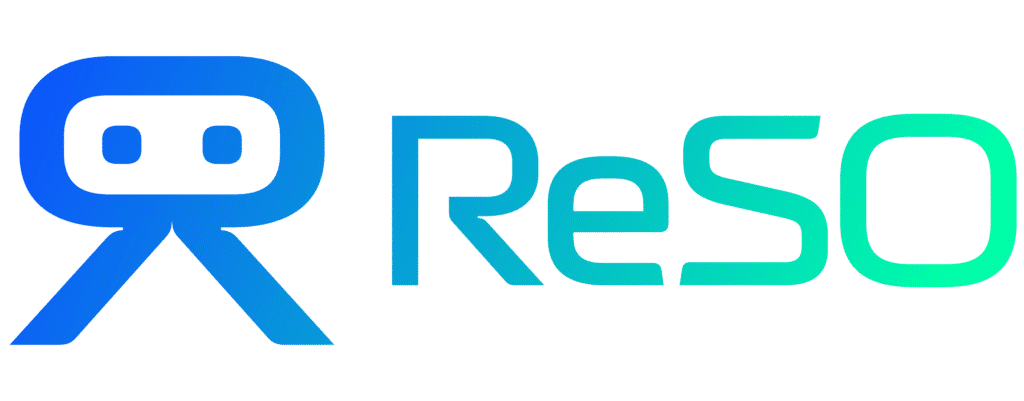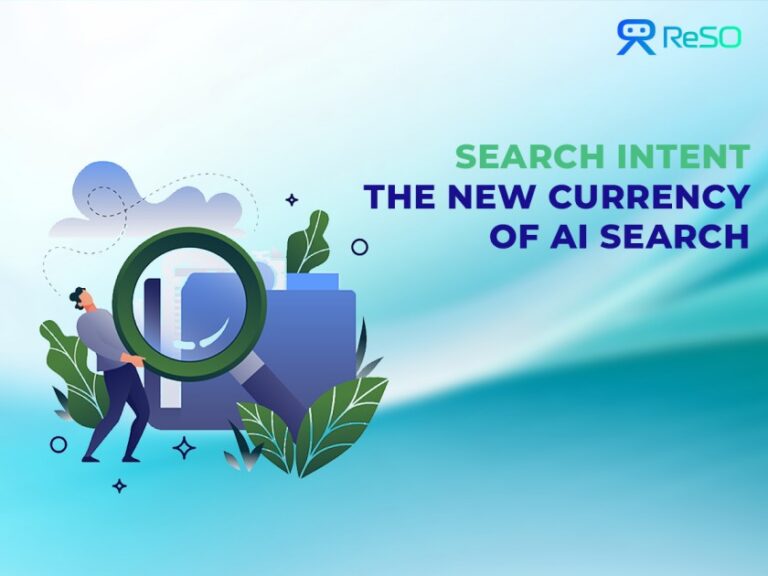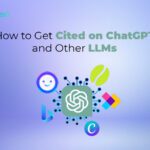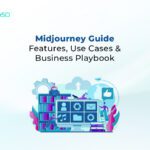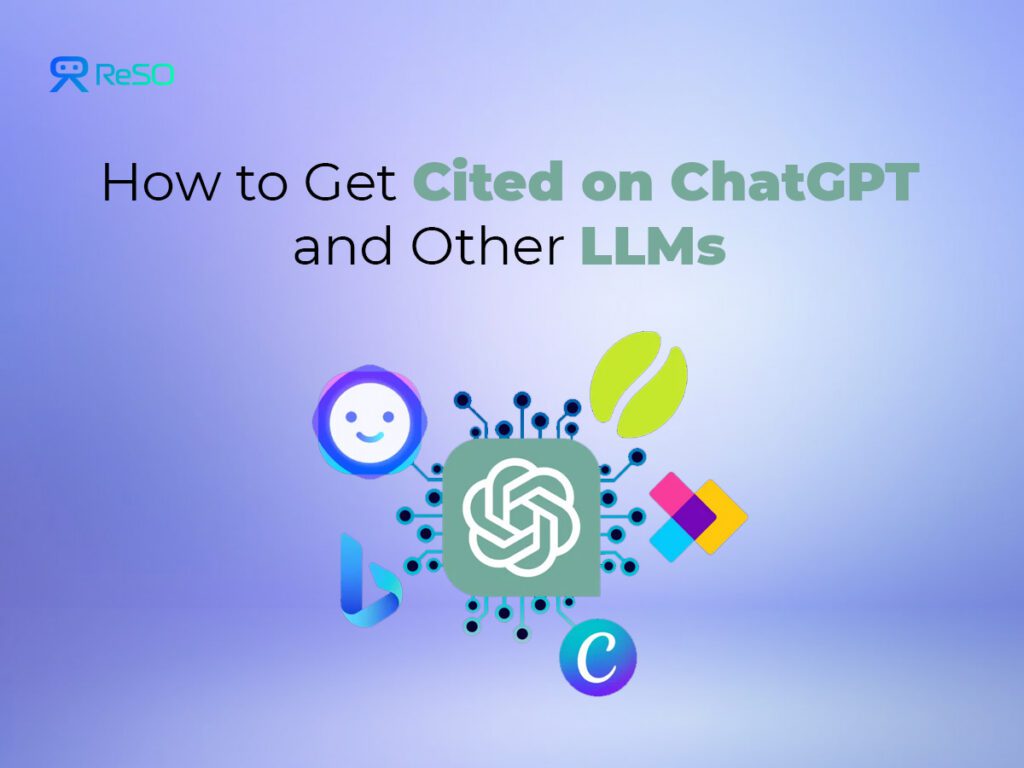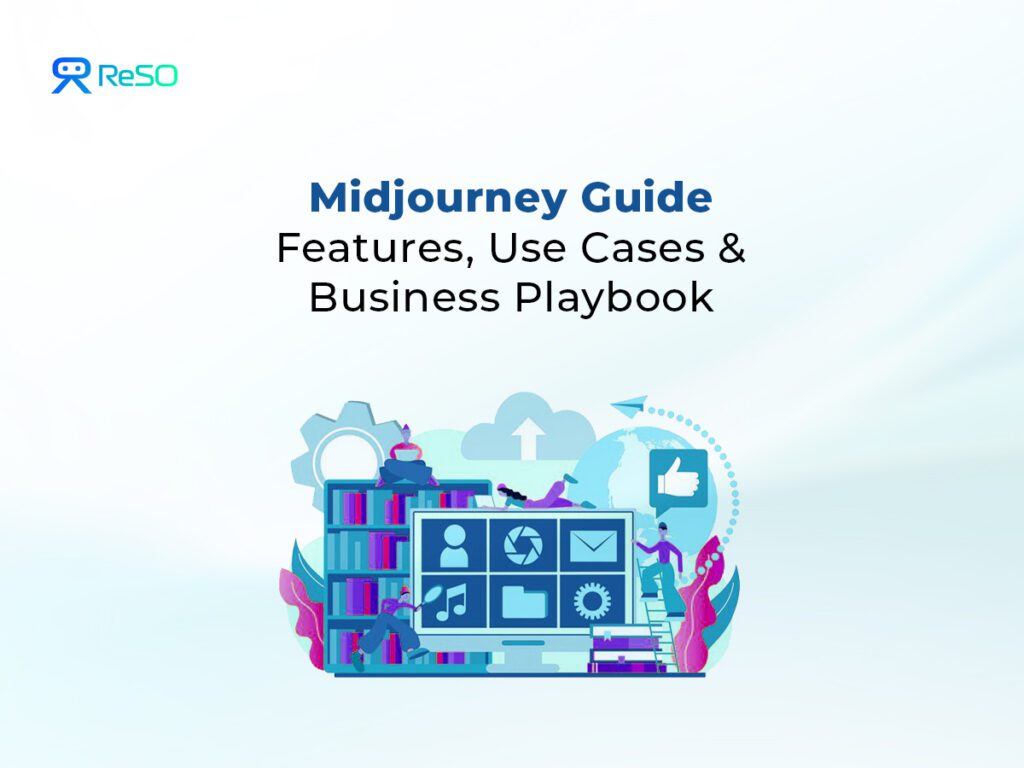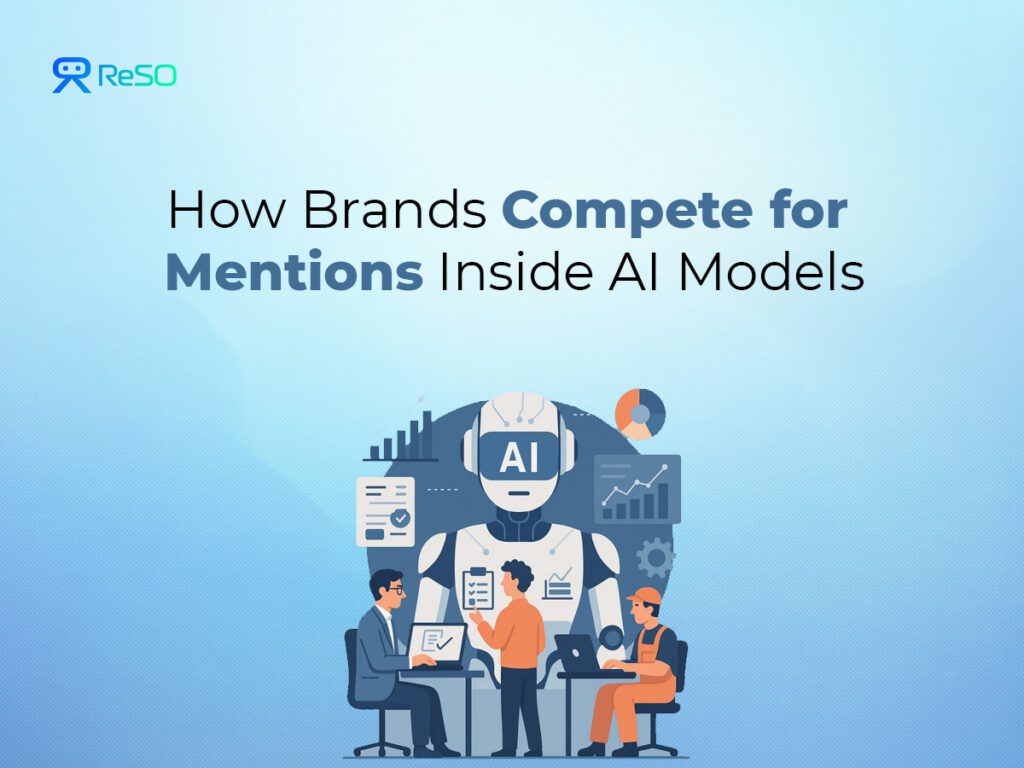Ever wondered why some pages shoot straight to Google’s top spot, while others, even those packed with great content, get stuck on page two? It isn’t just about keywords or backlinks anymore. It’s all about search intent.
Google’s Quality Rater Guidelines (Overview: 12.7 (Understanding User Intent) spell it out loud and clear: the number one rule for ranking is matching what the searcher actually wants. You can have amazing copy, a slick design, and a ton of backlinks, but if your page doesn’t give people exactly what they came for, Google won’t shine its spotlight on you.
And now, with AI-powered search in the mix, the stakes are even higher. These next-gen engines are ruthless about understanding intent and serving up instant, spot-on answers often choosing a single “winner” to feature. So if you’re still guessing what people want or leaning on old-school SEO tricks, you’re setting yourself up to be left behind.
What does this mean for your strategy? You’ve got to get inside your audience’s head. Talk directly to their needs. Solve their real problems better and faster than anyone else.
Forget cramming in keywords, your goal now is to be the best match for user search intent.
The Four Pillars of Search Intent
Understanding search intent means recognizing the main “missions” people have when they search. Here’s a clear table to help you identify and act on each type:
| Intent Type | User Goal | Content Formats | Example Keywords |
| Informational | Learn, understand, or solve | Guides, tutorials, FAQs | how to, what is, tips, benefits |
| Commercial | Compare or research before buying | “Best” lists, reviews, comparisons | best, vs, reviews, top |
| Transactional | Buy, sign up, or take action | Product pages, sign-up forms | buy, price, order, free trial |
| Navigational | Get to a specific page or website | Homepages, dashboards, portals | brand name, login, contact |
And as search habits evolve, people increasingly use Google for tasks like:
- Product Feature Comparison
Someone searching “task management software feature comparison” wants a clear side-by-side look at important features like automating workflows, connecting with other tools, controlling user access, and reporting, so they can pick the best fit for their team. - Local Business Discovery
A search like “best CRM software for mid-sized companies” indicates the user wants to find top local or niche providers with user reviews, demo availability, support options, and pricing details. - Quick Tutorials or Tips
“How to set up email automation in your CRM” suggests the user needs a clear, step-by-step guide, ideally with visuals or videos to quickly implement useful software features without technical hassle. - In-the-Moment Problem Solving
Searching “why is my Salesforce sync failing” means the user is looking for immediate troubleshooting help to fix a specific software issue blocking their workflow.
Tailoring your content to these goals keeps you in sync with what real users want, making your site more discoverable and more useful.
Real-World Intent Analysis Tactics
Check the Top Results
To create content that truly meets user needs, start by looking at the types of results Google shows on the first page for your keyword.
- If most results are product pages or tools, users want to buy right away. Your page should make it easy for them to take action.
- If you see mostly articles, guides, or lists, users are researching or learning. Focus on clear, helpful information.
- When results are mixed, identify the most common type and tailor your content to match it.
Use “People Also Ask” Questions
Next, check the “People Also Ask” boxes. These questions reveal what else people want to know around your topic.
- Note repeated questions and answer them clearly within your content.
- Add a short FAQ section to cover extra queries and keep your page thorough without overwhelming readers.
These simple steps help you match user intent closely and increase your chance of ranking higher.
Intent Optimization Toolkit: Practical Steps to Align Your Content with User Needs
Optimizing for search intent doesn’t happen by chance; it’s a structured process. Here’s a toolkit of actionable tasks broken down into clear stages to help you align your site with what users truly want:
Week 1: Audit & Fix
- Identify your top 5 pages that don’t perform well.
- Compare their format and style against the highest-ranking pages for the same keywords.
- List where your content misses the mark on intent—are you too general, too advanced, or off-topic?
Week 2: Improve User Experience (UX)
- Increase font size to 14px or more for better readability.
- Break content into clear sections with descriptive subheadings.
- Remove intrusive popups; only keep those triggered by exit intent.
- Add at least one relevant image or video per page to boost engagement.
Month 1: Content Updates
- Rewrite your highest priority page to match the intent of the SERP you analyzed.
- For “how-to” topics, structure content as easy-to-follow step-by-step guides.
- Create comparison articles if users are researching options.
Months 2-3: Advanced Optimization
- Build dedicated landing pages that directly serve “ready to buy” queries.
- For keywords with multiple possible intentions, choose one focus to avoid confusing your audience.
- Set up your analytics to track conversions and user behavior by intent category.
Ongoing: Monitor & Adjust
- Review SERP changes related to your key terms monthly.
- Refresh content formatting and focus as user intent evolves.
- Revisit “People Also Ask” questions every quarter to keep your content comprehensive and current.
This practical, phased approach helps you stay organized, focused, and efficient in mastering intent-driven SEO.
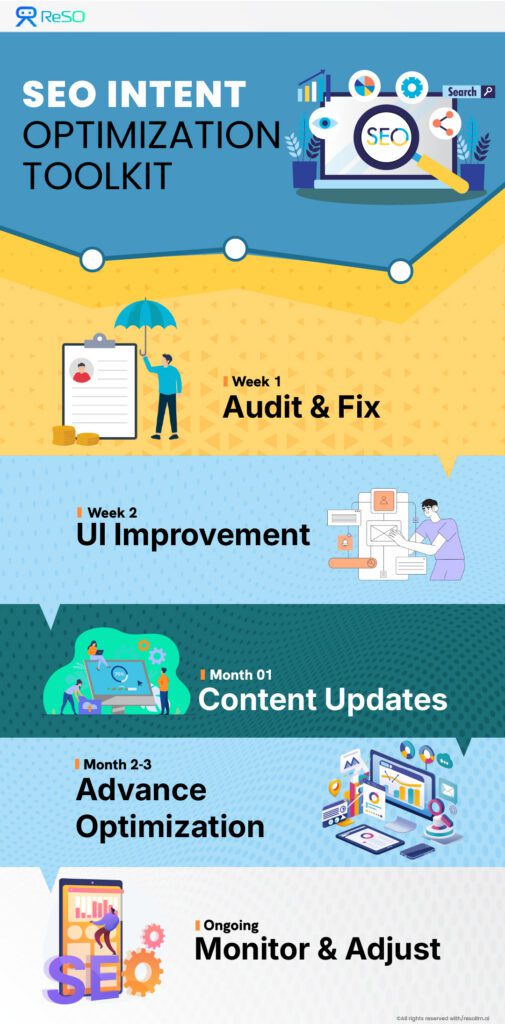
Measuring Intent Optimization Success: Know You’re Winning
You’ve tailored your content to match user intent, now it’s time to measure the real impact. Success isn’t just about climbing rankings; it’s about meaningful engagement and actions taken by your visitors.
Here are the key indicators that show your intent optimization is working:
- Ranking Growth on Focused Pages
When your pages climb the search results for your target keywords, it signals your content resonates with user intent.
- Lower Bounce Rates, Fewer Returns to Search
Visitors stay longer and don’t quickly leave your page, indicating they found what they came for.
- Increased Engagement and Session Time
More time spent means your content is captivating and meeting expectations.
- Higher Conversion Rates from Organic Visitors
Better intent matching leads to more sign-ups, purchases, or inquiries.
- Featured Snippets Capture
Earning snippet spots for clear, step-based content puts you directly in users’ sight, increasing authoritative traffic.
With AI-driven search, it’s crucial to watch these additional signals:
- Tracking AI Referral Conversions Separately
AI users behave differently; monitoring their conversions helps fine-tune your strategy.
- Time on Page from AI Visitors
Even with fewer pageviews, longer time spent shows strong content relevance.
- Focusing on Quality Leads
Shorter sessions don’t always mean poor engagement if those visits lead to high-quality conversions.
These metrics provide a comprehensive view of your success, helping you sharpen your approach and stay ahead in today’s intent-focused SEO world.
Common Intent Optimization Mistakes: What Not to Do
Intent optimization is a powerful strategy, when done correctly. However, there are some common pitfalls that can undermine your efforts. Here are key mistakes to avoid:
Don’t Be Indecisive with Multi-Intent Keywords
Trying to serve multiple intents at once often leads to diluted content that doesn’t satisfy anyone fully. When a keyword has several types of intent, choose one focus and deliver it well. Clarity beats trying to cover all bases superficially.
Know When to Shift from Content to Conversion
Lengthy content can be valuable, but if users are ready to buy, they want a clear, straightforward path to purchase. Avoid overwhelming them with excessive information when a simple product page or sign-up option is what’s needed.
Avoid Spending Time on Navigational Queries You Can’t Own
Some searches are meant to find specific brands or account pages. If your site isn’t the destination, competing for these keywords wastes effort. Focus your resources on keywords where you can truly add value.
Value Quality Over Pure Traffic Volume
High traffic is meaningless if visitors don’t find what they want. Prioritize creating content that satisfies user intent; even if it means fewer overall clicks, because engaged visitors lead to better business outcomes.
By steering clear of these mistakes, you can build a stronger, more focused intent strategy that drives meaningful and sustainable results.
Unlock Hidden Opportunities
Even the best content can fall short if it misses what users truly need. Filling those hidden gaps is where you can stand out and win big.
- Start by digging into the unanswered questions lurking in “People Also Ask” boxes, niche forums, and direct customer feedback. These are goldmines showing exactly what your audience is searching for but can’t easily find.
- Next, go beyond text. Create practical resources like checklists, templates, or interactive tools that help users take action or understand complex topics quickly. These additions make your content uniquely valuable and hard to ignore.
- Most importantly, listen to your real users. Their firsthand insights reveal pain points and desires that no keyword research can capture alone. Use these to craft content that feels personal, relevant, and fresh.
Closing content gaps with true intent signals is how you turn clicks into customers and build lasting results. So, are you ready to transform your SEO strategy with an intent-first approach?
Start today by auditing your top pages to find and fix intent mismatches, because every gap you close is an opportunity to grow.
